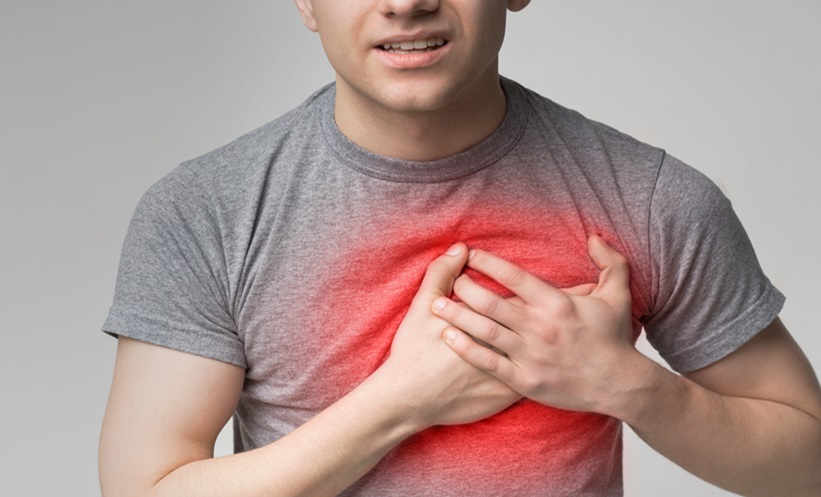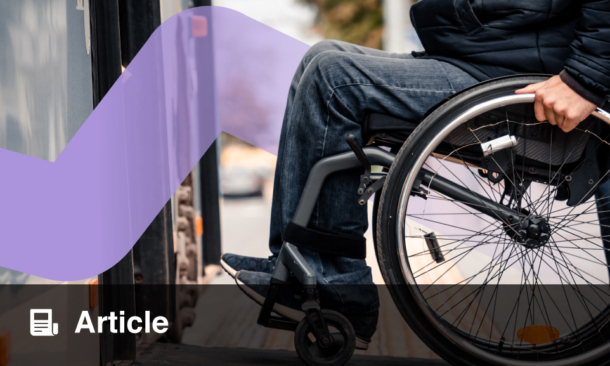Author: Anaya Malik, Editorial Assistant, EMJ
Citation: EMJ Diabet. 2020;8[1]:23-25.
THE EXERCISE and Physical Activity Study Group (ExPAS) Symposium took place at the European Association for the Study of Diabetes (EASD) Virtual Meeting 2020 on Thursday 24th September. The session was chaired by Dr Dominik Pesta, German Diabetes Center, Düsseldorf, Germany, together with Dr Richard Bracken, Swansea University, Swansea, UK. The talks discussed Type 2 diabetes mellitus (T2DM) and the interaction of this chronic condition with nutrition and exercise. ExPAS is an EASD study group with the overall goal of improving communication, collaboration, and clinical education in the areas that link exercise science to diabetes.
REDUCTIONS IN DIETARY CARBOHYDRATE CONTENT IN TYPE 2 DIABETES MELLITUS
The first presentation, and keynote lecture, was delivered by Dr Brendan Egan, Associate Professor of Sport and Exercise Physiology, Dublin City University, Dublin, Republic of Ireland.
The session focussed on dietary carbohydrate content in T2DM and the emerging evidence for the potential therapeutic reduction of dietary carbohydrates. A very low-carbohydrate ketogenic diet is an intake of <10% of daily calories (kcal) from carbohydrates, the low-carbohydrate diet is <26% of total kcal from carbohydrates, the moderate-carbohydrate range is 26–45% of daily kcal, and >45% of daily kcal intake from carbohydrates is considered a high-carbohydrate diet. Dr Egan introduced the ketogenic diet, for which recent interest has spiked because of the potential metabolic signalling effects of ketone bodies, as a method of reducing carbohydrates to the extent that the absence of low concentrations of insulin and higher concentrations of glucagon drive metabolic parameters, activating ketogenesis in the liver.
Physical inactivity does indeed contribute to T2DM and Dr Egan deliberated the effect of combining exercise with a low-carbohydrate diet in T2DM. He explained that studies of this nature have not been carried out, but did share data from previous studies of these combinations in patients without T2DM, emphasising that it is difficult to confirm whether exercise has additive benefits to low-carbohydrate diets. Dr Egan highlighted that all low-carbohydrate diets do not necessarily equate to a high-quality diet.
UNDERLYING MECHANISMS OF DIABETES REMISSION: 1-YEAR INTENSIVE LIFESTYLE INTERVENTION
The 2019 study, “The underlying mechanisms of Type 2 diabetes remission: 1 year after an intensive lifestyle intervention,” was presented by Ms Mette Yun Johansen, University of Copenhagen, Copenhagen, Denmark.
Participants with T2DM were randomised to standard care (n=34), or standard care and intensive lifestyle intervention, with a high volume of exercise (n=64), groups. During a 1-year intervention period, baseline, 12-month, and 24-month follow-up measurements were taken, and partial or complete remission, defined as glycaemic control with no glucose-lowering medications at 12- and 24-months follow-up, was investigated.
In the intensive lifestyle group, 23% achieved some remission compared to 7% in the standard care group. Follow-up investigations allowed the authors to conclude that remission is characterised by changes in some underlying pathophysiological characteristics of T2DM.
INTERACTION BETWEEN METFORMIN AND PHYSICAL ACTIVITY
The next presentation was delivered by Ms Nanna Pilmark, Centre for Cancer and Organ Diseases, Rigshospitalet, Copenhagen, Denmark, who spoke about a new study that investigated the combined effect of physical activity and metformin to improve glycaemic control. The study evaluated whether a 12-week exercise training programme would improve postprandial glucose and whether potential improvements were affected by metformin treatment.
The authors tested individuals at baseline, 3 weeks after randomisation for metformin or placebo treatment, and after 12 weeks, during which time an intensive training intervention was executed alongside metformin or placebo. There was a reduction in postprandial glucose from baseline to the study end, with no difference between the placebo and metformin groups, but reduction occurred at different timepoints between groups. In the placebo group, reduction was seen during the exercise period, suggesting that the intervention was effective at managing postprandial glycaemia. In the metformin treatment group, the reduction was seen before the exercise period.
The authors were left with the question of whether further reduction through exercise was not possible after metformin had acted in full, or if the two therapy options, metformin and physical activity, inhibited each other.
COMBINED LIFESTYLE FACTORS AND THE RISK OF LATENT AUTOIMMUNE DIABETES IN ADULTS
Dr Katharina Herzog, Institute of Environmental Medicine, Karolinska Institutet, Stockholm, Sweden, presented the results of the review “Combined lifestyle factors and the risk of latent autoimmune diabetes in adults.” The authors investigated the risks of latent autoimmune diabetes in adults (LADA) and in association with the characteristics of a healthy lifestyle.
Participants completed questionnaires for low-risk lifestyle components, including physical activity, healthy diet, BMI <25, no smoking, and moderate alcohol consumption; the combination of components gave information on whether they led a poor, moderate, or healthy lifestyle. BMI <25 was associated with the largest risk reduction for LADA and combined characteristics showed a reduced risk of LADA in those who led a moderate lifestyle.
Healthy lifestyle adherence was associated with a 60% reduced risk of LADA. A moderate lifestyle was associated with a decreased risk of LADA, so even partial lifestyle modifications may reduce the risks of the autoimmune disease and a healthy lifestyle leads to even further reductions. “This has important implications for public health and emphasises the need for preventive programmes promoting a healthy lifestyle to reduce the diabetes burden,” concluded Dr Herzog.
HIGHER CAPACITY FOR MUSCLE CARNOSINE IN METABOLIC DISEASE IMPROVEMENT
Dr Martin Schön, German Diabetes Center, presented a pilot study that investigated capacity for muscle carnosine loading by implementing a double-blind, randomised 12-week carnosine supplementation programme in sedentary middle-aged adults who were overweight or obese.
Carnosine, primarily found in skeletal muscle, enhances exercise by lowering chronic inflammation and oxidative stress, and has been shown to normalise impaired glucose tolerance. The authors measured skeletal muscle carnosine content, muscle metabolism, body composition, and blood glucose, among other parameters.
The results showed that carnosine supplementation induced distinct responses in muscle carnosine accumulation and one-half of participants showed an increase in carnosine muscle loading. Regular exercise and BMI were identified as predictors of carnosine accumulation capacity in skeletal muscle and higher loading capacity was associated with reduced protein glycation and increased postexercise phosphocreatine recovery.
The outcomes of the study suggest that carnosine is a favourable food additive with positive effects on glucose metabolism and the potential to reduce the risk of metabolic diseases such as T2DM.
CONCLUDING REMARKS
Since 2014, ExPAS has organised sessions on diabetes, as seen in previous EASD Annual Meetings, and has brought scientists and leaders together to exchange ideas. With increasing interest in this discipline, global experts continue to propel research to fill knowledge gaps and reveal the positive impact of physical activity on chronic diseases such as diabetes, with potential implications on national and global guidelines.








